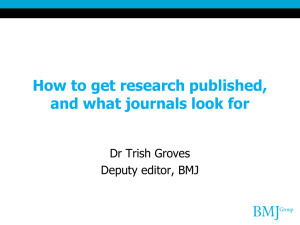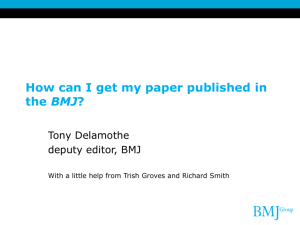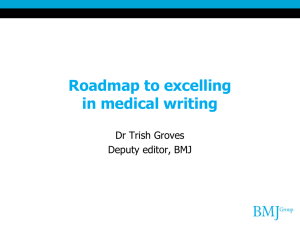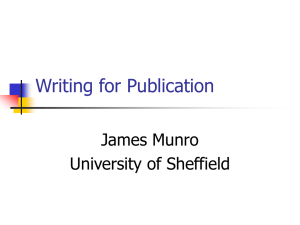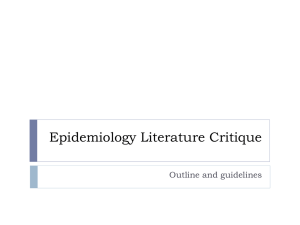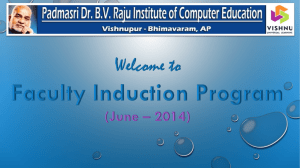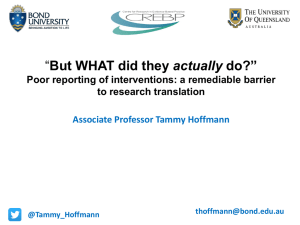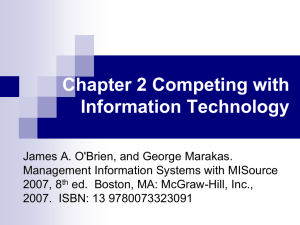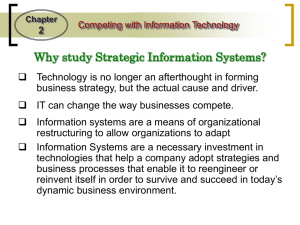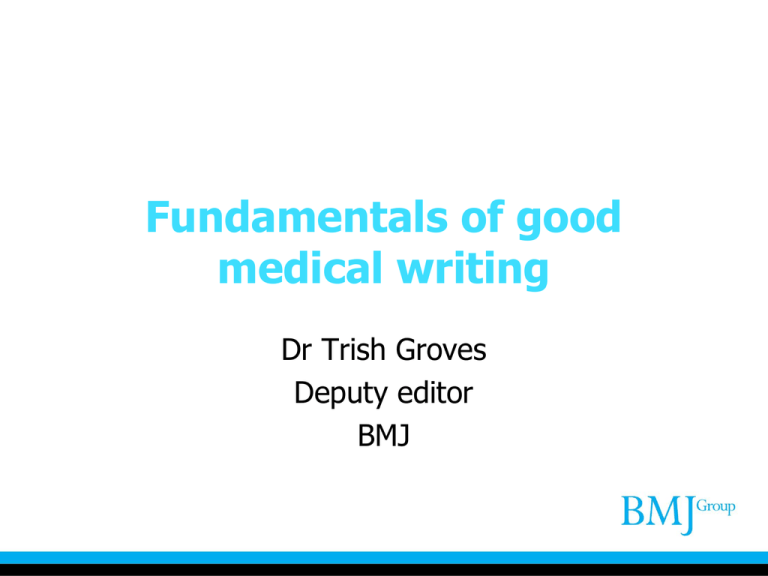
Fundamentals of good
medical writing
Dr Trish Groves
Deputy editor
BMJ
What I will cover
Introductions and course agenda
The scope of medical writing
Qualities of effective medical writing
The writer's role
Assessing the audience
Identifying and placing key messages
Course agenda
Lectures
Good medical writing and controlling the sentence
Study reports for regulatory submissions
Journal peer review and publication
Presenting different types of clinical evidence
Presenting statistical data for publication
Transparency initiatives
Medical communication for promotions
New frontiers in publishing
Tips for using MS Office
Workshops
Presenting at a conference
Writing up a clinical trial for journal publication
Test
The scope of medical writing
Internal reports
Regulatory reports
Conference presentations
– abstract
– oral presentation
– poster
Journal articles
– original research paper
– review article
– case report
– letter to editor
Introductions and course agenda
The scope of medical writing
Qualities of effective medical writing
The writer's role
Assessing the audience
Identifying and placing key messages
Start with good science
Communalism - common ownership of scientific discoveries
Universalism - evaluation using universal, unbiased criteria
Disinterestedness - scientists should act selflessly
Organised scepticism - ideas tested and subjected to
rigorous, structured scrutiny by peers
US sociologist Robert Merton b1910
Plan effectively
For original research:
have a clear research question
seek statistical advice
use the right study design
act ethically
keep an open mind and minimise bias
agree who will be principal investigator
agree who will be authors and contributors
agree to publish even negative results
Behave ethically
Research ethics – declaration of Helsinki, ICH
Publication ethics
avoid misconduct
protect patients’ identities
report clearly:
informed consent
any deviation from usual practice
full burden imposed on participants
total risks posed to participants or others
benefits to participants, patients, society
It’s not always enough to state that the study was approved by an ethics
committee or IRB
Protect patients’ confidentiality
Beware identifiers:
age, sex, location
clinical details, test results
unusual personal story or
context
photo (even if of a body
part or clinical image)
Guidance on writing research papers
International Committee of Medical Journal Editors
uniform requirements for manuscripts submitted to
biomedical journals
http://www.icmje.org/
reporting guidelines for research, at the EQUATOR
network resource centre
http://www.equator-network.org/
Clear writing
Keep it simple: use short, familiar words
Avoid jargon and acronyms
Be specific
Be concrete, not abstract
Say what you mean and mean what you say
How frequently do editors
encounter manuscript problems?
Poorly written, excessive jargon
Inadequate/inappropriate presentation
Poor description of design
Excessive zeal and self promotion
Rationale confused, contradictory
Essential data omitted, ignored
Boring
Important work of others ignored
Seldom
Byrne DW, Publishing Medical Research Papers, Williams and Wilkins, 1998
Occasionally
Frequently
Introductions and course agenda
The scope of medical writing
Qualities of effective medical writing
The writer's role
Assessing the audience
Identifying and placing key messages
Who did what and why?
authors
contributors
competing interests
publication ethics
Authorship
Avoid guest- and ghost-writers
Authorship credit is based only on substantial
contribution to:
• conception and design, or data analysis and
interpretation
• drafting the article or revising it critically for important
intellectual content
• and final approval of the version to be published
All these conditions must be met
Solely acquiring funding or collecting data does not justify authorship
All authors included on a paper must fulfil the criteria
No one who fulfils the criteria should be excluded
Contributorship
contributors who took part in planning, conducting, and
reporting the work, including professional medical writers
guarantors (one or more) who accept full
responsibility for the work and/or the conduct of the
study, had access to the data, and controlled the
decision to publish
researchers must decide among themselves the precise
nature of each contribution
Who did what?
Helen C Eborall, post-doctoral research fellow1, Simon J Griffin,
programme leader2, A Toby Prevost, medical statistician1, Ann-Louise
Kinmonth, professor of general practice1, David P French, reader in
health behaviour interventions3, Stephen Sutton, professor of
Behavioural science1
Contributors: SS, DPF, ATP, A-LK, and SJG conceived and designed the original
protocol. All authors were involved in amending the protocol. HCE coordinated the
study throughout. Data entry was carried out by Wyman Dillon Ltd, Lewis Moore,
and HCE. HCE cleaned the data and ran preliminary analysis with input from Tom
Fanshawe. ATP analysed the data. ADDITION trial data were supplied by Lincoln
Sargeant and Kate Williams. HCE wrote the first draft of the manuscript with ATP
and SS. All authors contributed to subsequent and final drafts. HCE is guarantor of
the paper.
Competing interests
A person has a competing interest when he or she has
an attribute that is invisible to the reader or editor but
which may affect his or her judgment
Always declare a competing interest, particularly one that
would embarrass you if it came out afterwards
Misconduct
Fabrication: making up data or results and recording
or reporting them
Falsification: manipulating research materials,
equipment, or processes, or changing or omitting data
or results such that the research is not accurately
represented in the research record
Plagiarism: the appropriation of another person's
ideas, processes, results, or words without giving
appropriate credit
CrossCheck
web tool searches for overlapping content:
prepublication
postpublication
specialist search engine (iThenticate)
uses “text fingerprinting” and “string matching”
gets behind access controls (unlike free tools) to
search >9 billion articles in CrossRef database
Introductions and course agenda
The scope of medical writing
Qualities of effective medical writing
The writer's role
Assessing the audience
Identifying and placing key messages
Assessing the audience
Regulators
Markets
Conferences
Journals
Clinicians
How to please editors and peer
reviewers
make sure the message is clear in the paper and
abstract, not just in the cover letter
also send:
extra materials eg CONSORT checklist
details of any closely related papers
previous peer review reports
communicate clearly and promptly
Introductions and course agenda
The scope of medical writing
Qualities of effective medical writing
The writer's role
Assessing the audience
Identifying and placing key messages
The message
For original research:
Introduction: why ask this research question?
Methods: what did I do?
Results: what did I find?
and
Discussion: what might it mean?
What makes a good
research question?
FINER criteria
Feasible (answerable with a robust method)
Interesting
Novel
Ethical
Relevant
What makes a poor
research question?
a question you don’t care about, nor does anyone else
looking at routine clinical data and trying to think of a question
– the records will be biased and confounded
– they may lack the information you need to answer your question
reliably, because they were collected for another reason
a fishing expedition/data dredging – gathering lots of information and
hoping a question will emerge
– statistical analysis of many outcomes post-hoc may yield false positives
(type I errors) or false negatives owing to lack of power (type II errors)
Spin: the dishonest drug trial
Not transparent (sponsors’ roles, competing interests)
Compares intervention with one known to be inferior
with ineffective dose of competitor intervention
with so much of competitor intervention that ADRs likely
Uses multiple endpoints and reports selectively
Reports results only from favourable centres
Reports only favourable subgroup analyses
Presents only most impressive results — eg reduction in
relative rather than absolute risk
Spin – it’s not only in trials…
2006 BMJ paper found that industry supported
systematic reviews were of lower quality than Cochrane
reviews of the same drugs, were less transparently
reported, had fewer reservations about methodological
limitations, and always recommended the sponsor’s drug
without reservations
2007 BMJ paper found that sponsored meta-analyses on
antihypertensive drugs were not associated with
favourable results but had overgenerous conclusions
Industry-commissioned reviews
primary research
articles create influence
secondary articles
spread influence
peer review approves the
science
more likely to be read than
research
journal brand endorses the
message
especially if KOL authors
can alter policy
better than drug reps
The honest review article
describe sources of information and methods of selection
ideally, cite Cochrane and other systematic reviews
clarify type and strength of evidence for key statements
"A large well conducted randomised conducted trial finds..."
"The findings of a small case series suggest..."
declare provenance, funding, and competing interests
How can journals help?
BMJ asks authors submitting
or offering unsolicited
reviews and editorials on
potentially commercial
topics three questions
And every published article
declares competing interests
and provenance
• has anyone prompted or
paid you to write this
article?
• would/did a professional
writer contribute to the
article? to what extent?
• would the BMJ article be
original, or would it be
similar to articles
submitted or published
elsewhere?
Thanks
tgroves@bmj.com

